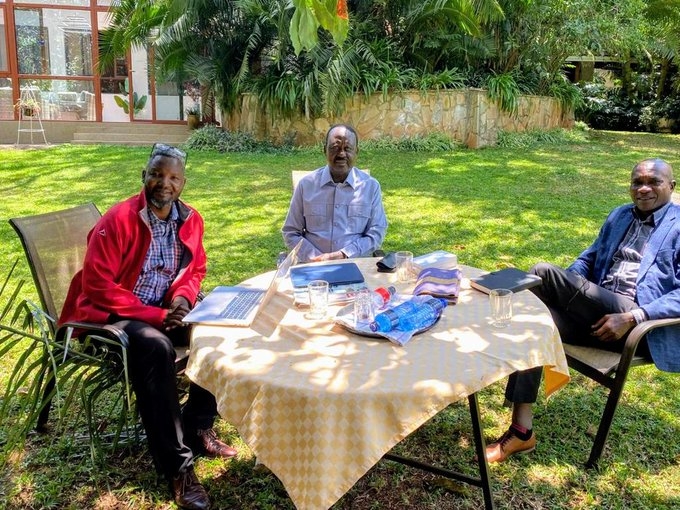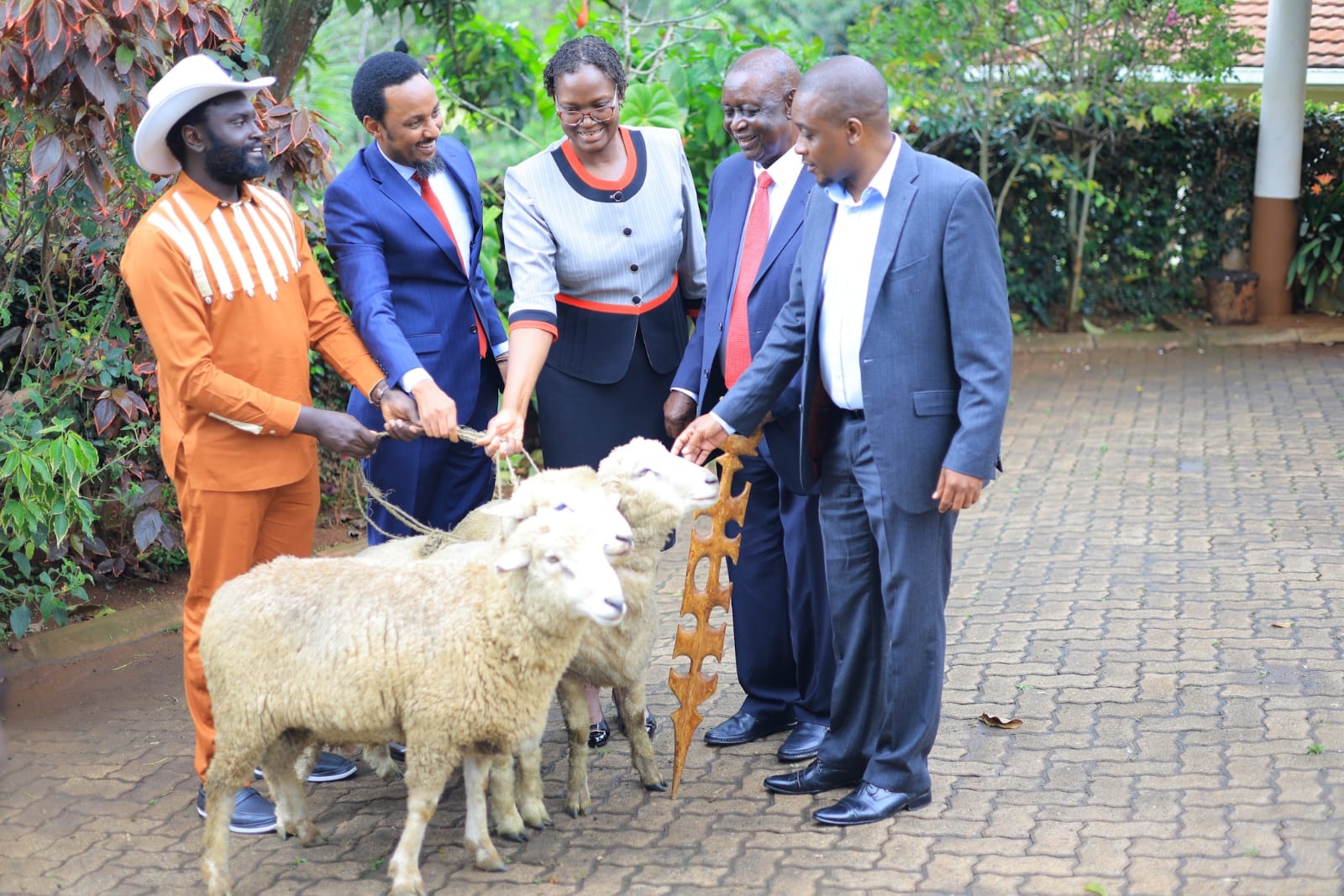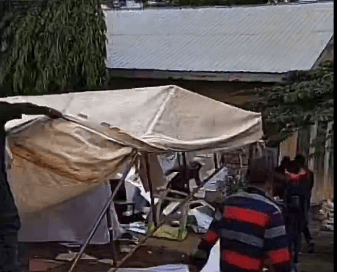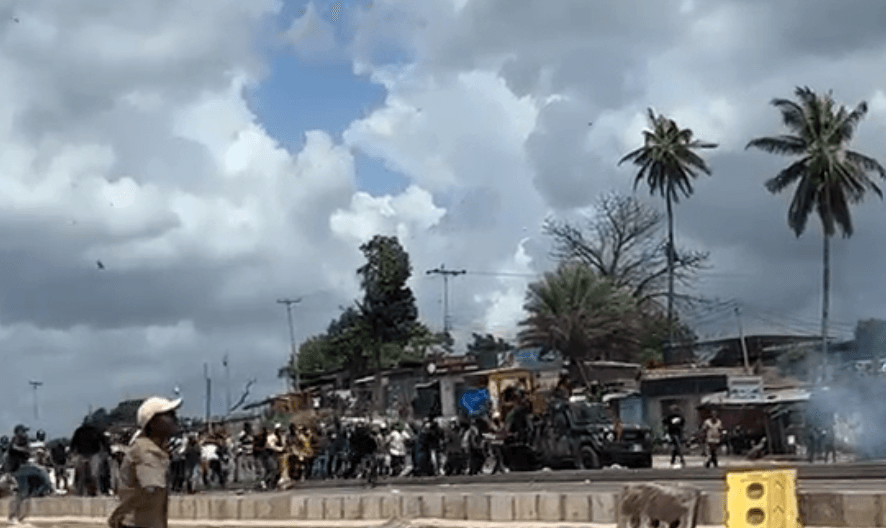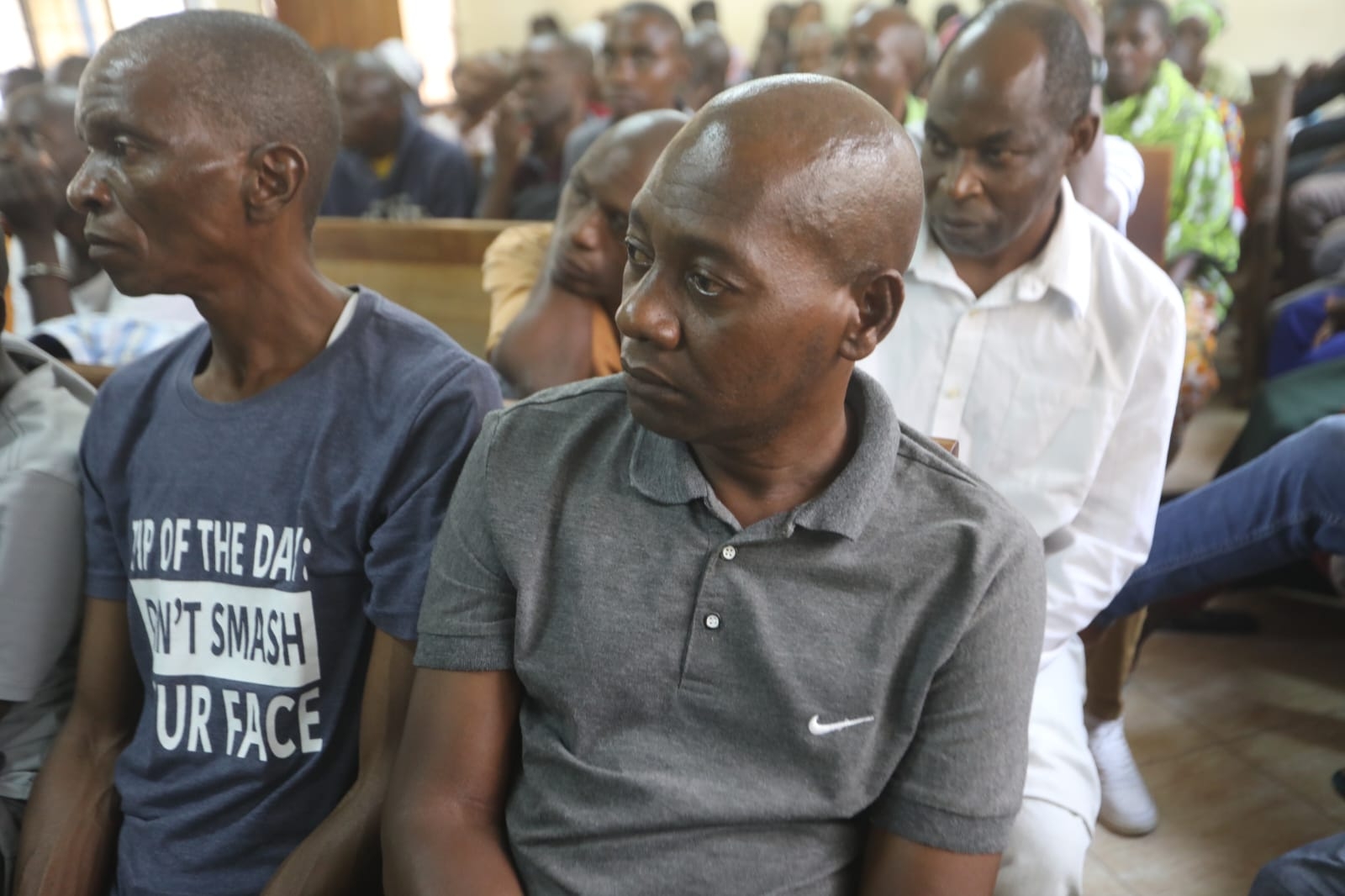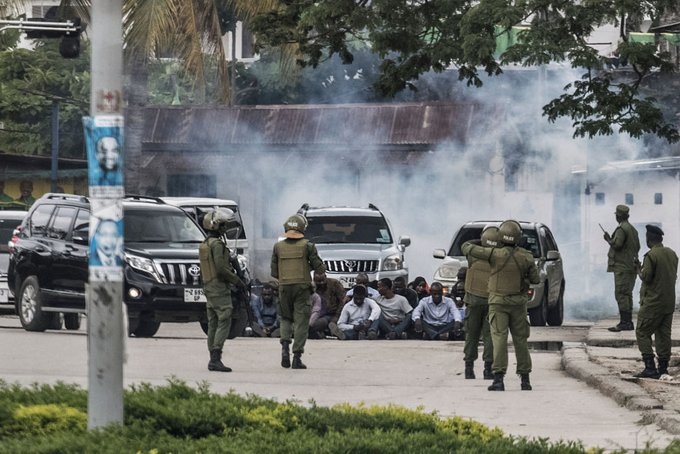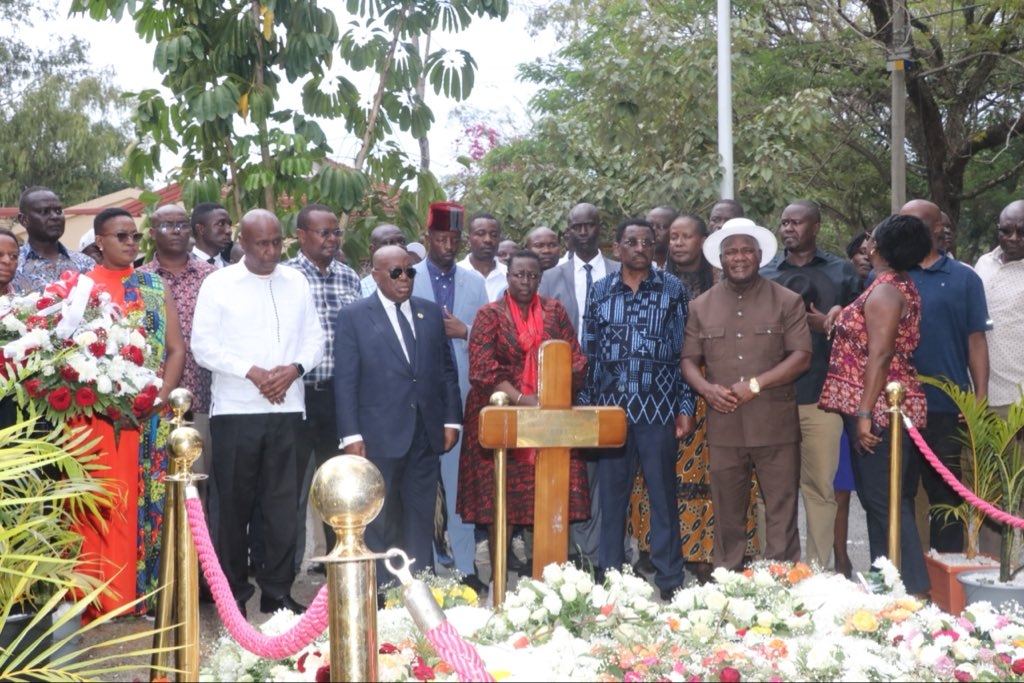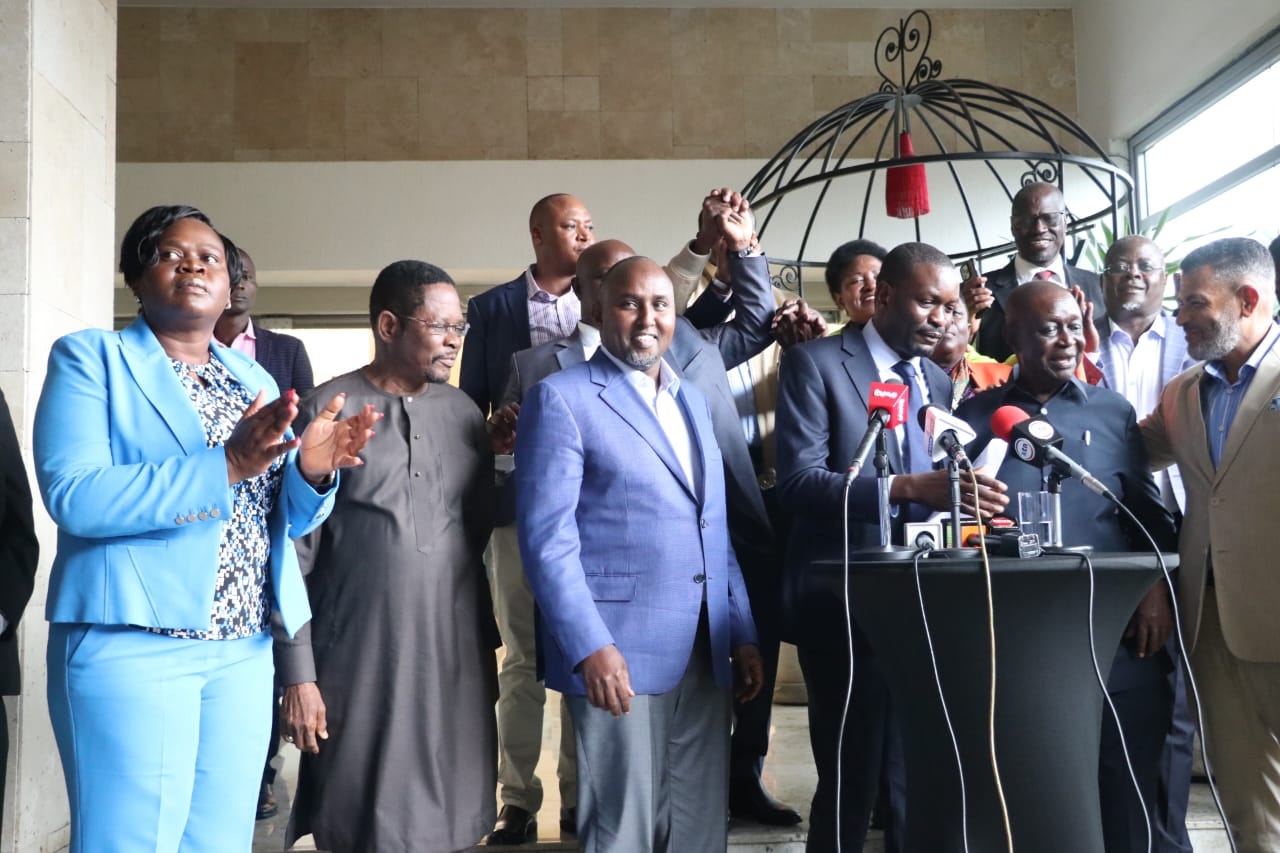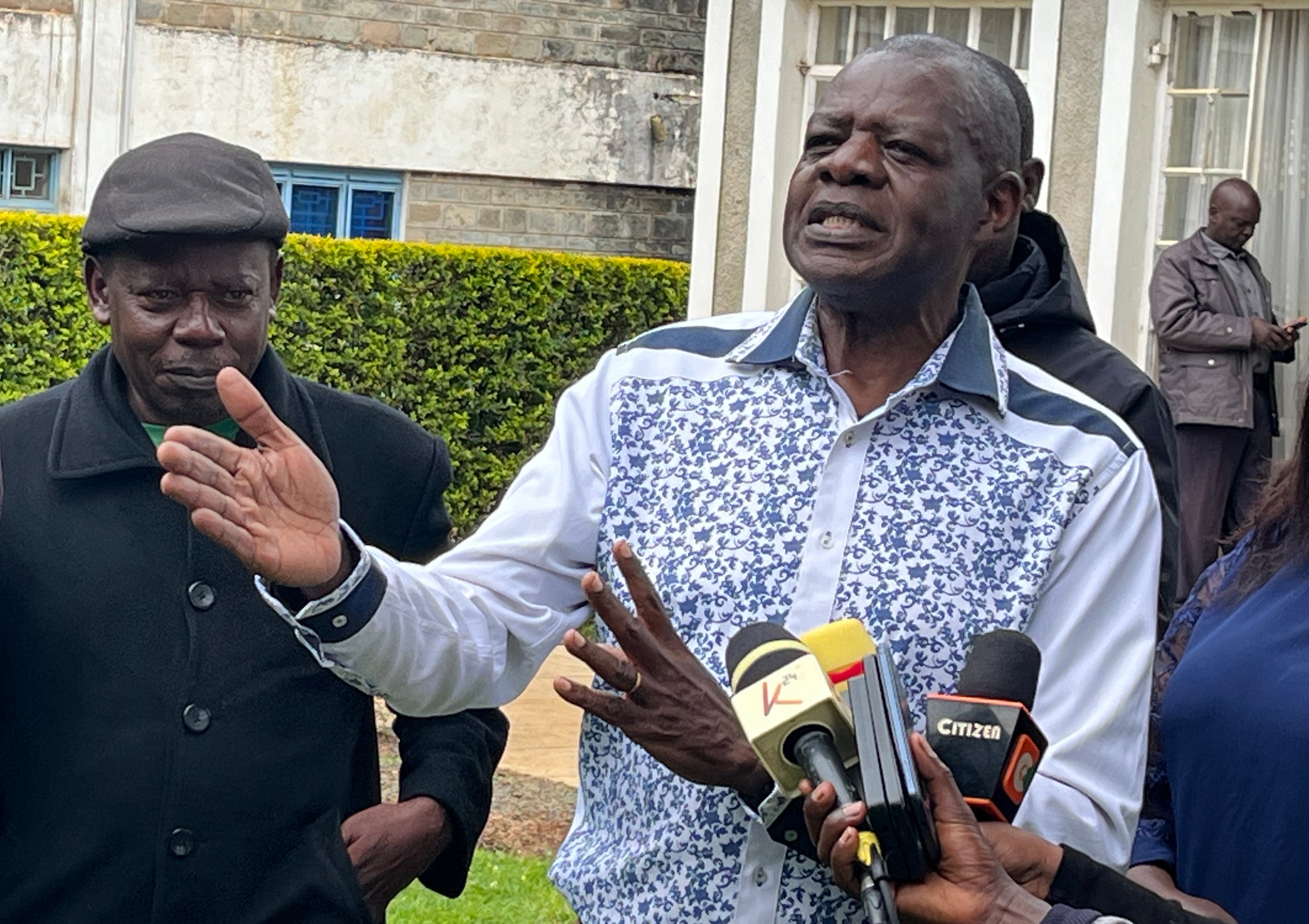Eleven years ago, in Kigali for the 10th East African Council’s sectoral council of ministers, leaders from the Lake Victoria Basin unanimously made a declaration that will for many years weigh heavily on the regions’ environment space.
At that May 2012 meeting, it became unanimous that September 15 of every year would be set aside for the commemoration of River Mara, a 395km transboundary water resource straddling Kenya and Tanzania. The river basin covers 13,750 km2 of which 65 per cent is in Kenya and 35 per cent in Tanzania.
The colossus Mara River, which to date continues to support millions of livelihoods, socio-economic developments and incredible biodiversity – endemic freshwater and terrestrial biodiversity –across the two countries, was already struggling with a series of human-related threats. The decision by the council to have a commemoration day to raise awareness and conserve the water body was just in the nick of time.
Since the declaration, some commendable attention and funding have been channeled towards conservation initiatives in the basin with support from key development partners.
The Embassy of the Kingdom of the Netherlands, USAID, Norwegian Agency for Development Cooperation, the Swedish International Development Cooperation Agency and HSBC through WWF UK, among others, are working together under the auspices of the Lake Victoria Basin Commission with desire to improve the River Mara ecosystem health.
The long term goal is“a healthy perennial river with sufficient water of good quality to support livelihoods, biodiversity and unique ecological processes in the Mara-Serengeti ecosystem”.
And there is no doubt – looking back at where the basin was a decade ago – that while we still have a long way to go, our small steps towards the 1000 mile-mark have so far realised notable milestones.
It has been truly a participatory process with communities empowered and taking responsibility. In Kenya, for instance, communities and Water Resource Users’ Associations within the Mara Basin have been trained and equipped as community-first line scientists to periodically monitor and assess the water quality, turbidity and quantity in the river.
By acquiring and making sense of own data from river health assessments, the local community are able to reflect on the health of the river, take responsibility, and use empirically derived score cards to call for action from stakeholders such as the national government and the private sector to take note of increasing risks to the Mara River ecosystem.
In Tanzania, artisanal gold miners in villages along the Mara River, having been trained and empowered to refine gold deposits in ponds instead of doing so directly in the river, are saving the river from potential toxic contamination.
These, and many other interventions such as restoration of the river’s source in the Mau Complex, besides working with hoteliers in the Mara in effluent treatment, are going a long way in enhancing the river’s health.
More importantly, it is worth noting that unlike in the past decade, this year's Mara Day celebrations on September 15 sought a break from the previous traditions that mainly focused on awareness creation.
Guided by the theme “Towards Sustainable Mara River Ecosystem” or “Kuelekea Ikolojia Endelevu ya Mto Mara” in Swahili, the 11th Mara day celebrations were held at Olenguruone in Nakuru county, close to Enapuyapui swamp-the source of the Mara in the Mau Complex.
The aim this year is to shift from awareness to ownership by the private sector and civil society actors and create a need for a forum of state and non-state actors to drive forward the Mara ecosystem management.
Having both the public and private sector will provide the requisite financial and policy interventions that will be critical in securing and conserving the basin for generations to come.
Further, the expertise from the public and private actors and their partnership remains crucial in the sustainable management of a natural resource as enormous as the River Mara, which is currently sustaining the livelihoods of over 1.1 million people, while contributing between 10-15 per cent of GDP of Kenya and Tanzania.
Just like we have emphasized in the past that we must know and secure where our water comes from, there is a great need for collective action to jealously conserve and protect the River Mara from non-point and point sources of pollution, and secure the catchment – the Mau Complex – its source.
Hindsight No! It is not late and in doing so we shall ensure that as our great marathoner Eliud Kipchoge posits “when our forests are green our waters are blue.”
Dr Ojwang is a freshwater thematic lead at WWF-Kenya.


